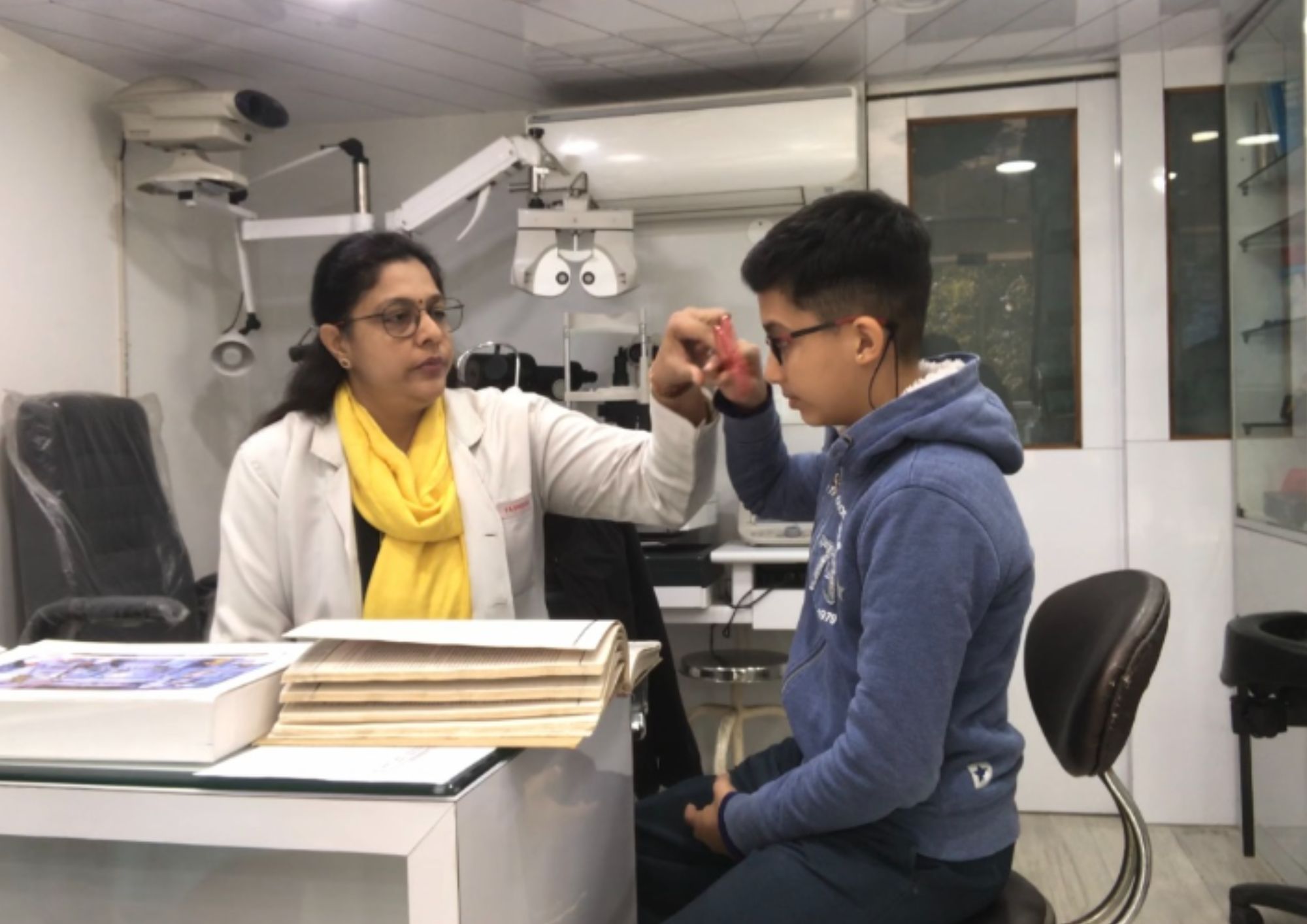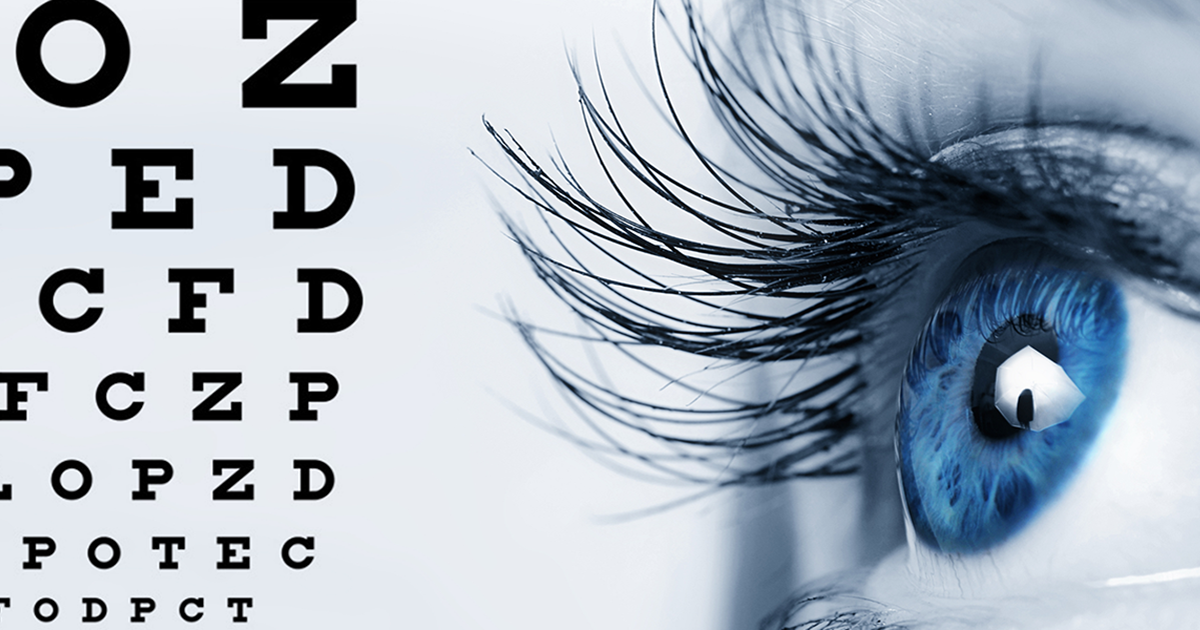Comprehensive Retina Service Near Me: Advanced Eye Health Care
Comprehensive Retina Service Near Me: Advanced Eye Health Care
Blog Article
The Duty of Advanced Diagnostic Equipment in Identifying Eye Disorders
In the world of ophthalmology, the usage of sophisticated diagnostic devices has changed the very early identification and management of various eye conditions. From finding refined modifications in the optic nerve to checking the progression of retinal conditions, these innovations play an essential role in improving the precision and efficiency of detecting eye problems. As the demand for accurate and timely medical diagnoses continues to expand, the integration of advanced devices like optical coherence tomography and visual area testing has actually ended up being important in the world of eye treatment. The elaborate interaction in between technology and sensory techniques not just clarifies complex pathologies yet also opens doors to tailored therapy techniques.
Value of Very Early Diagnosis
Very early diagnosis plays a crucial function in the effective monitoring and treatment of eye problems. By discovering eye disorders at a very early phase, medical care companies can offer proper treatment strategies customized to the certain problem, eventually leading to far better results for people.

Modern Technology for Discovering Glaucoma
Cutting-edge diagnostic modern technologies play a crucial duty in the very early discovery and tracking of glaucoma, a leading cause of irreparable loss of sight worldwide. One more sophisticated tool is visual area screening, which maps the sensitivity of a patient's aesthetic area, assisting to spot any kind of locations of vision loss characteristic of glaucoma. These advanced diagnostic devices make it possible for ophthalmologists to diagnose glaucoma in its very early stages, allowing for timely treatment and much better monitoring of the disease to avoid vision loss.
Function of Optical Comprehensibility Tomography

OCT's capability to measure retinal nerve fiber layer thickness enables exact and unbiased measurements, assisting in the very early detection of glaucoma also before aesthetic field issues emerge. In addition, OCT innovation permits longitudinal monitoring of architectural adjustments with time, promoting tailored therapy plans and timely interventions to aid preserve people' vision. The non-invasive nature of OCT imaging also makes it a recommended option for checking glaucoma progression, as it can be repeated regularly without triggering pain to the patient. In general, OCT plays a critical role in improving the analysis precision and management of glaucoma, inevitably adding to better results for people at threat of vision loss.
Enhancing Medical Diagnosis With Visual Area Testing
A crucial component in thorough ophthalmic evaluations, visual area screening plays a crucial duty in boosting the diagnostic procedure for numerous eye problems. By analyzing the complete degree of an individual's aesthetic field, this examination gives critical details concerning the practical stability of the entire visual pathway, from the retina to the visual cortex.
Visual area screening is particularly important in click now the medical diagnosis and monitoring of problems such as glaucoma, optic nerve conditions, and various neurological diseases that can influence vision. Via quantitative measurements of outer and main vision, medical professionals can identify subtle adjustments that might suggest the presence or development of these problems, even prior to obvious signs occur.
In addition, aesthetic field screening allows for the surveillance of therapy efficacy, aiding eye doctors customize restorative treatments to private patients. eyecare near me. By tracking adjustments in visual area performance over time, medical care companies can make informed choices regarding adjusting medicines, recommending surgical treatments, or executing various other suitable actions to protect or boost a client's aesthetic feature
Handling Macular Deterioration

Verdict
In conclusion, progressed diagnostic devices play a critical function in identifying eye problems early on. Technologies such as Optical Coherence Tomography and aesthetic area testing have actually significantly improved the precision and efficiency of detecting conditions like glaucoma and macular deterioration.
Report this page